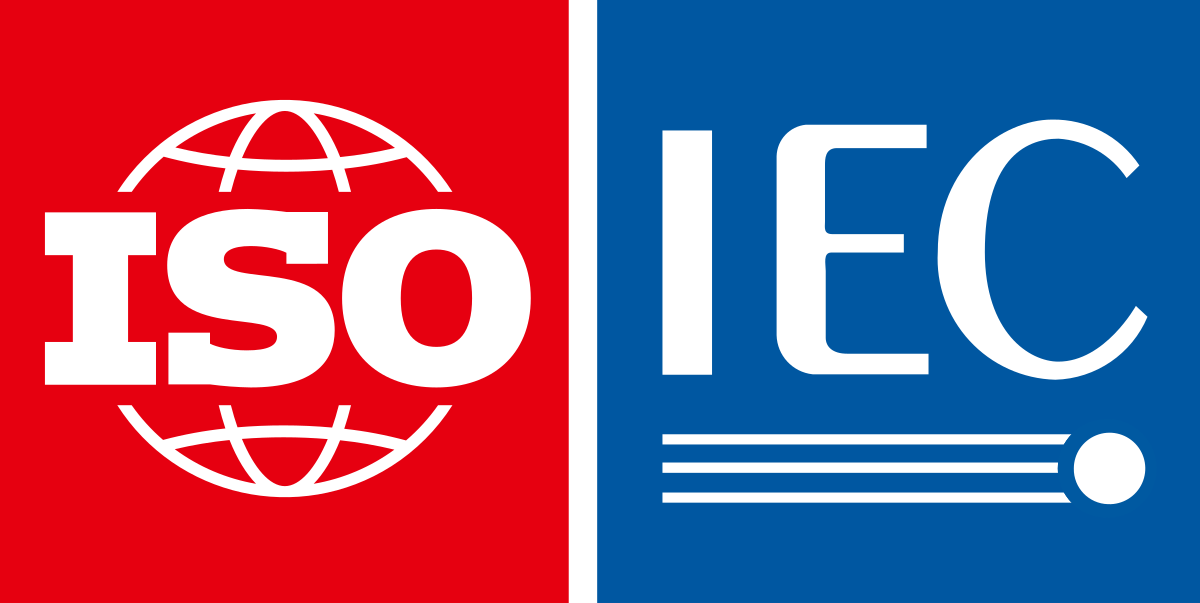How Do I Create a Winning Go-to-Market Strategy?
Learn how to develop a comprehensive go-to-market strategy that will successfully launch your product or service and drive sustainable growth.
What Is a Go-to-Market Strategy?
A go-to-market (GTM) strategy is a comprehensive action plan that details how a company will reach target customers and achieve competitive advantage. More than just a marketing plan, it's an integrated approach that aligns all customer-facing functions—marketing, sales, product, and support—around a cohesive strategy for delivering your product or service to customers.
Whether you're launching a new product, entering a new market, or repositioning an existing offering, a well-crafted GTM strategy is essential for success. It answers fundamental questions about who your customers are, what they need, how you'll reach them, and why they should choose you over alternatives.
The Six Core Components of a Winning GTM Strategy
A comprehensive go-to-market strategy consists of six interconnected components:
Market Definition
Clearly identify your target market and segments
Key Questions to Answer:
- Who are your ideal customers?
- What are their key characteristics and needs?
- How large is each segment and what's their potential value?
- Which segments will you prioritize and why?
Value Proposition
Articulate your unique value and competitive advantage
Key Questions to Answer:
- What problem does your product/service solve?
- How is your solution better than alternatives?
- What specific benefits do customers receive?
- Why should customers choose you over competitors?
Pricing Strategy
Determine optimal pricing model and structure
Key Questions to Answer:
- What pricing model works best (subscription, one-time, freemium)?
- How does your pricing compare to competitors?
- What is the perceived value vs. actual cost?
- How will pricing vary across segments or packages?
Channel Strategy
Select the most effective distribution channels
Key Questions to Answer:
- Which channels do your target customers prefer?
- Will you sell direct or through partners/resellers?
- How will you manage channel conflicts?
- What resources are needed for each channel?
Marketing Plan
Create awareness and generate qualified leads
Key Questions to Answer:
- Which marketing channels will reach your audience?
- What messaging will resonate with each segment?
- How will you measure marketing effectiveness?
- What is your content and campaign strategy?
Sales Strategy
Convert prospects into customers efficiently
Key Questions to Answer:
- What is your sales process from lead to close?
- What resources and tools does your sales team need?
- How will you handle objections and negotiations?
- What are your conversion targets at each funnel stage?
Building Your GTM Strategy: A Step-by-Step Approach
Follow these steps to develop a comprehensive go-to-market strategy:
Assemble Cross-Functional Team
Include representatives from marketing, sales, product, and customer success
Conduct Market Research
Gather data on customers, competitors, and market trends
Define Clear Objectives
Set specific, measurable goals for your GTM strategy
Create Detailed Action Plan
Develop tactical plans for each GTM component
Implement Measurement Systems
Set up analytics to track performance
Common GTM Strategy Mistakes to Avoid
Even well-intentioned GTM strategies can fail due to these common pitfalls:
Insufficient Market Research
Targeting the wrong customers or missing key segments
Solution: Conduct thorough market research before finalizing your strategy
Unclear Value Proposition
Difficulty differentiating from competitors and convincing prospects
Solution: Clearly articulate specific, measurable benefits for each target segment
Channel Misalignment
Wasted resources on ineffective distribution methods
Solution: Select channels based on customer preferences and buying behavior
Pricing Errors
Leaving money on the table or pricing yourself out of the market
Solution: Test different pricing strategies and analyze value perception
Siloed Planning
Disconnected marketing, sales, and product strategies
Solution: Ensure cross-functional collaboration throughout GTM development
Tailoring Your GTM Strategy to Different Scenarios
Different business situations require different GTM approaches:
New Product Launch
Focus on clearly communicating your value proposition and differentiators. Invest heavily in awareness and education, and consider early adopter programs to build momentum. Ensure your sales team is thoroughly trained on the new offering.
Market Expansion
Research the new market thoroughly to understand local preferences, competition, and regulations. Adapt your messaging and positioning to resonate with the new audience. Consider partnerships with established local players to accelerate market entry.
Repositioning
Clearly communicate the reasons for repositioning to both internal teams and existing customers. Develop a transition plan that doesn't alienate current customers while attracting new ones. Focus on messaging that bridges the old and new positioning.
Competitive Response
Move quickly but strategically. Clearly articulate your competitive advantages and avoid direct feature-by-feature comparisons unless you have clear superiority. Focus on customer segments where you have the strongest value proposition.
Measuring GTM Success
A successful GTM strategy requires clear metrics for evaluation:
Key Performance Indicators (KPIs)
- Awareness metrics: Brand recognition, website traffic, social engagement
- Acquisition metrics: Lead generation, conversion rates, customer acquisition cost
- Revenue metrics: Sales velocity, average deal size, revenue growth
- Retention metrics: Customer satisfaction, renewal rates, upsell/cross-sell success
- Efficiency metrics: Sales cycle length, resource utilization, ROI
Continuous Improvement
The most effective GTM strategies evolve based on market feedback and performance data. Establish regular review cycles to assess what's working and what isn't, and be prepared to adjust your approach accordingly.
The Bottom Line: GTM as a Competitive Advantage
A well-crafted go-to-market strategy is more than just a planning exercise—it's a potential source of competitive advantage. By aligning your entire organization around a clear, customer-focused approach to market entry or expansion, you can accelerate growth, improve efficiency, and increase your chances of success.
Remember that the best GTM strategies are comprehensive yet flexible, data-driven yet intuitive, and ambitious yet realistic. By investing time in developing a thoughtful GTM strategy and remaining adaptable as you execute, you'll position your product or service for maximum market impact.
Whether you're a startup launching your first product or an established company entering new markets, a strategic approach to go-to-market planning will help you navigate the complexities of bringing your offering to customers effectively and efficiently.



